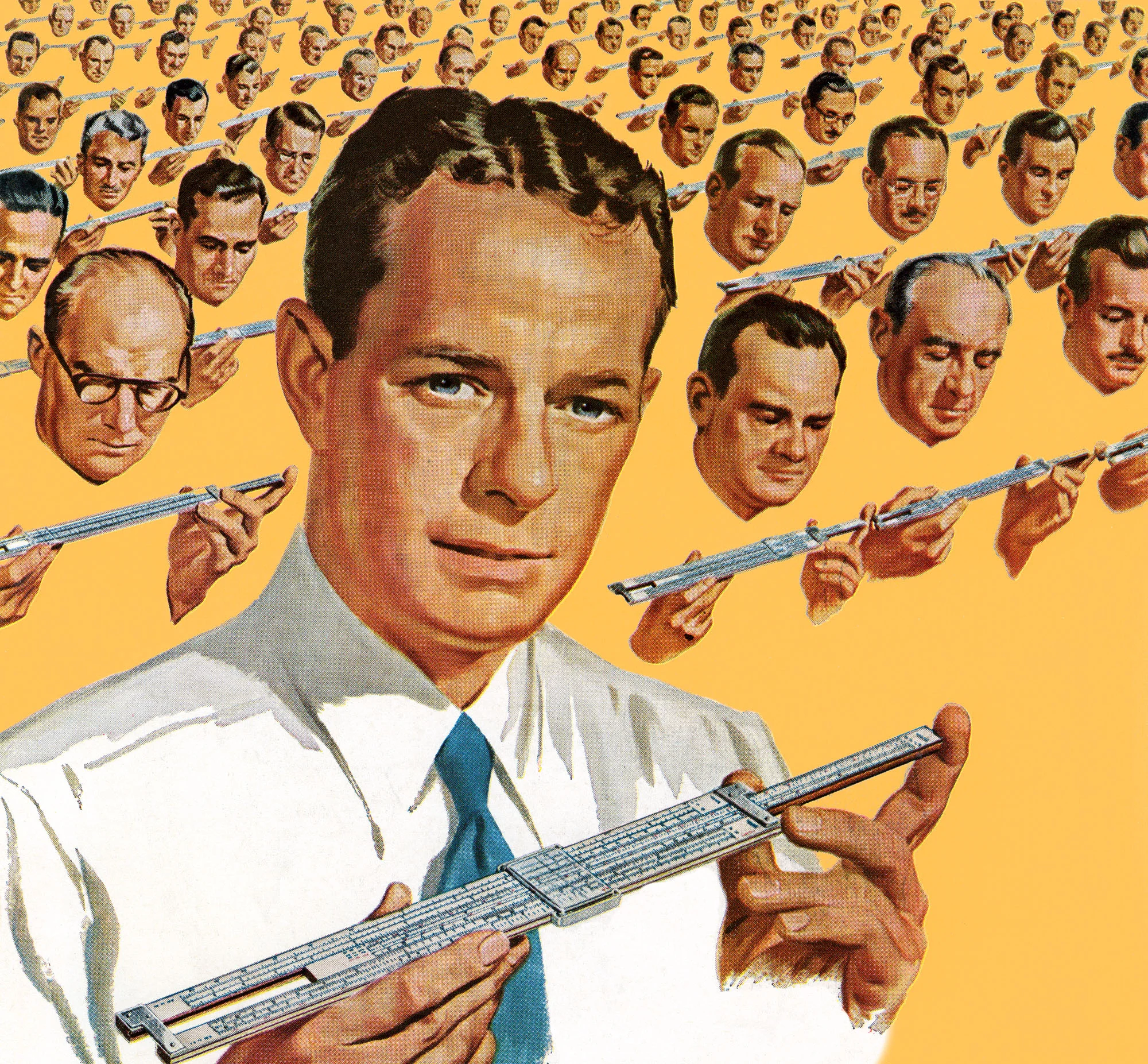
INSIGHT + TALENT x HARD WORK = BEST-IN-CLASS FACTORY AUTOMATION.
Good factory automation requires first understanding the product design and then gaining an intimate understanding of the process parameters. Only then can you be ready to select the automation strategy and transfer solution. Once the project stake holders reach consensus on the automation strategy, the hard work of developing simple robust solutions begins. The Automation Association provides a disciplined project management system-never letting even the smallest detail slide. We effectively and efficiently communicate during the design and build process of developing unique, custom and proprietary solutions for your manufacturing requirements. On time, to specification and on budget are the rules we are measured by.
PROJECT MANAGEMENT
Begin with the end in mind!
Sage advice from an early mentor-my father.
There are countless texts, seminars and articles on project management. All have the common elements of Gantt charts, work breakdown structures, schedules and budgets etc. However, before beginning a project most technical teams forget to ask the most essential question of all: “How does my management define success?” Is it to get to market ahead of everyone else? Is it to develop the most risk free solution for the end user? Is it to become the highest volume producer with modular capacity?
Once you know your management’s definition of success, you can develop a project management plan to support it. The Automation Association’s underpinnings for project management strategy are footed in the text, The Smart Organization – Creating Value through Strategic R & D*, by David Matheson and Jim Matheson.
SIMULATION
Discrete event simulation is a modeling tool that allows the process designer to create models and run experiments of processes involving queues or waiting lines. By testing out ideas in a computer “laboratory,” the process designer can predict the future with confidence, without disrupting the current operation.
Any business environment, from customer service, to manufacturing, to health care, can benefit from process simulation. And whether an existing supply chain or a new emergency-room layout is being analyzed, the same five easy tasks are used to develop a simulation model and to experiment with the model to improve a business process:
Create a basic model.
Refine the model.
Simulate the model.
Analyze simulation results.
Select the best alternative.
